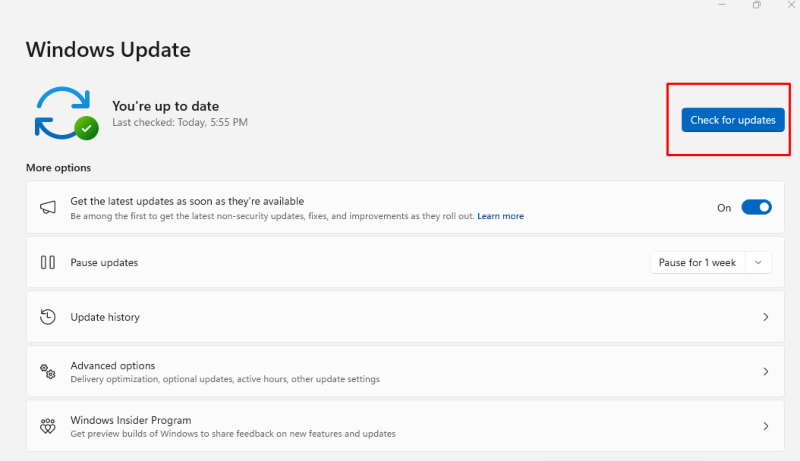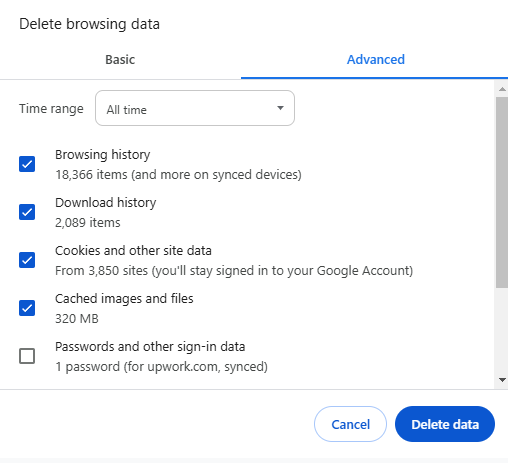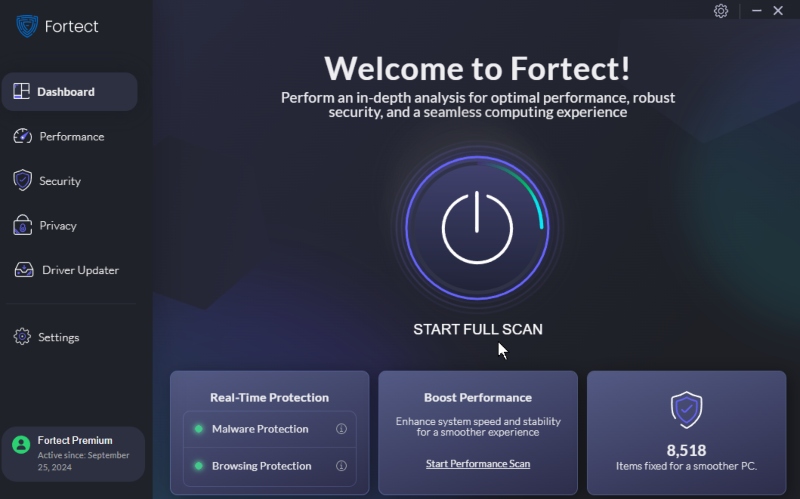Essential Digital Hygiene Practices for Windows Users
Practicing digital hygiene is essential to keep your Windows PC secure, stable, and free from joint issues. By following digital hygiene practices like regular software updates, strong password management, safe browsing, and careful management of permissions, Windows users can protect their data and maintain optimal system performance.
Why Digital Hygiene is Important
Digital hygiene refers to the regular practices that help users maintain their devices’ security, privacy, and performance. Maintaining these habits is crucial for Windows users as it helps prevent data breaches, malware attacks, and system slowdowns, ensuring a smooth and safe computing experience.
Best Digital Hygiene Practices for Windows Users
Regularly Update Your Operating System and Software
Regular software updates are critical as they patch security vulnerabilities, improve system performance, and add new features. Keeping both Windows OS and installed software updated minimizes the chances of cyber threats exploiting outdated software.

- Open Settings: Press Windows + I to open Settings.
- Go to Update & Security: Select Update & Security.
- Check for Updates: Click on Check for Updates to download and install any available updates.
- Restart if Necessary: Restart your computer to complete the update process.
Use Strong, Unique Passwords for All Accounts
Weak passwords can expose your system to unauthorized access, identity theft, and data breaches. Using strong, unique passwords for each account provides a higher level of protection and is especially crucial for securing sensitive data.
- Use a Password Manager: Consider using a password manager to generate and store strong, unique passwords.
- Enable Two-Factor Authentication (2FA): Wherever possible, enable 2FA for an added layer of security.
- Avoid Common Passwords: Refrain from using easily guessable passwords, such as “123456” or “password.”
Regularly Clear Browser History and Cookies
Web browsers collect data through cookies, cache, and history, which can pose privacy risks if left unmanaged. Regularly clearing these data types helps protect your privacy, enhances browser speed, and reduces data tracking.

- Open Browser Settings: Go to Settings in your browser.
- Navigate to Privacy and Security: Look for Privacy and Security or Clear browsing data.
- Select Data to Clear: Choose Cookies, Cache, and History.
- Precise Data: Click Clear Data or Clear Now to remove selected data.
Practice Safe Browsing Habits
Safe browsing helps protect your system from malware, phishing scams, and other cyber threats. Avoid clicking suspicious links, downloading unverified files, or visiting unsecured websites.
- Use a Trusted Browser Extension: Install a browser extension that flags unsafe websites.
- Enable Safe Browsing Settings: Enable Safe Browsing or Enhanced Protection mode in your browser.
- Avoid Suspicious Links: Refrain from clicking on unverified links, especially in emails from unknown sources.
Keep Your Antivirus and Anti-Malware Tools Updated
Updating antivirus and anti-malware software is vital to protecting against newly emerging threats. Outdated software might need to detect newer types of malware or viruses, which could compromise system security.
- Open Your Security Software: Open the antivirus or anti-malware program installed on your system.
- Go to Update Section: Navigate to the Update tab.
- Check for Updates: Click on Check for Updates or Update Now to ensure you have the latest definitions.
While Windows Defender offers essential protection, today’s advanced cyber threats often call for stronger solutions. Fortect provides real-time monitoring, advanced malware detection, automatic threat removal, and a browser extension for safer browsing—all in one optimized tool for your PC.

Download and install Fortect now.
Manage App Permissions Carefully
Apps often request permissions that may not be necessary for their functionality. Limiting app permissions reduces the risk of unnecessary data sharing and protects sensitive information.
- Open Privacy Settings: Go to Settings > Privacy.
- Select Permissions Categories: Choose each permission category (e.g., location, camera, microphone).
- Toggle Permissions as Needed: For each app, turn off permissions that are not essential.
Regularly Backup Important Data
Backups are a safety net in case of system failures, accidental deletion, or ransomware attacks. Regular backups ensure essential data is recoverable, helping users avoid data loss.
- Open Backup Settings: Go to Settings > Update & Security > Backup.
- Set Up Backup Options: Choose Add a drive to connect an external drive or select OneDrive for cloud backup.
- Enable File History: Turn on File History to automatically back up your data to the selected location.
Limit Background Apps to Improve System Performance
Many apps running in the background can slow down your system, use up battery life, and consume data. Limiting background apps helps enhance system performance and save resources.
- Open Settings: Press Windows + I to access Settings.
- Go to Privacy Settings: Navigate to Privacy > Background apps.
- Turn Off Unnecessary Apps: Toggle off any apps you do not need running in the background.
Conclusion
Implementing these essential digital hygiene practices allows Windows users to improve their security, performance, and privacy significantly. Regular updates, strong passwords, careful permissions management, and safe browsing habits form the foundation of a well-protected and optimized Windows experience. Following the steps above can help keep your Windows system safe, responsive, and ready to support your daily tasks effectively.




